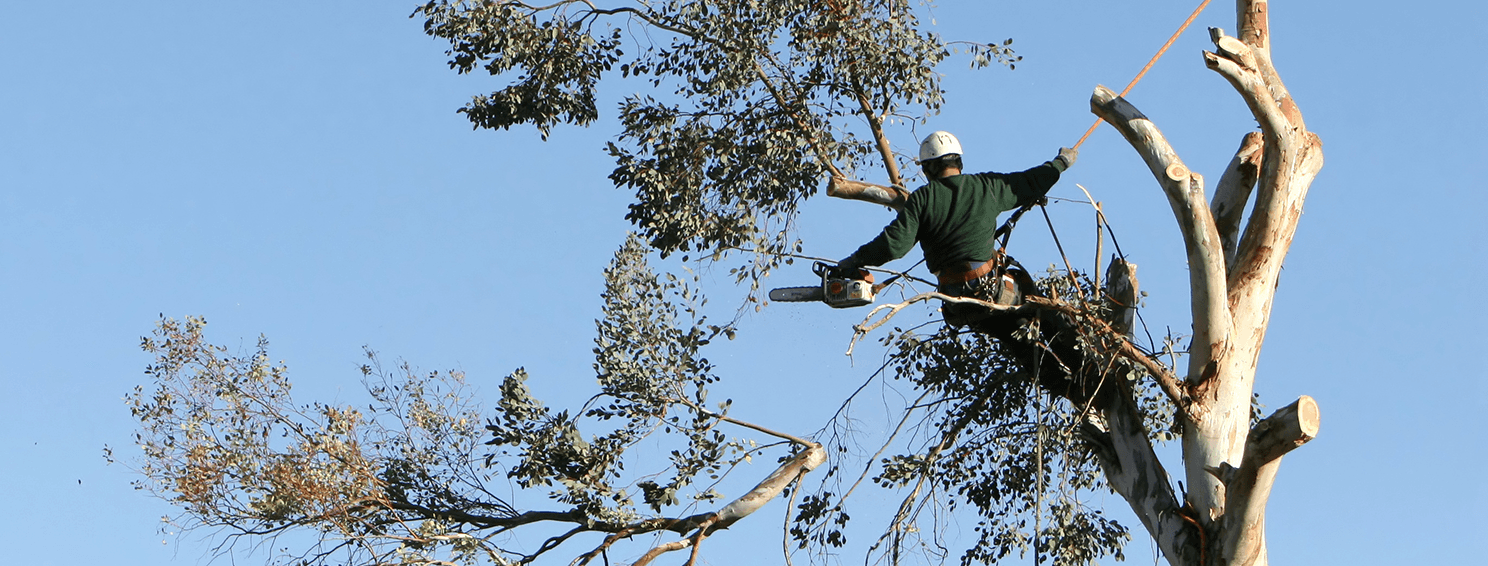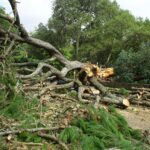During the winter, most plants go dormant in temperate regions. As the weather turns colder, they slow down their growth and change into an inactive state. As a result of this dormancy, late winter and early spring are often the best times to shape many trees and shrubs. The best time to prune is at the end of winter or early in the spring before new growth starts. As soon as warmer weather arrives in spring, the plants can produce unique, healthy growth.
This is why routine tree maintenance is best done during the winter. Routine tree maintenance usually involves removing weak, dead, or diseased branches and can be carried out at any time of year with little impact on the tree. An expert should know that growth and wound closure will be heightened if pruning is done in the late winter before a spring growth spurt.
Views are better during the winter.
Most trees and shrubs become dormant in the winter. During the winter, deciduous trees lose their leaves and are awaiting spring growth. An arborist can easily see dead or disease-ridden branches and assess your trees without their leafy covers. In some ways, winter is the easiest time of year to trim trees. Diseased or dead branches are easier to detect and remove. Branches that grow contrary to the tree’s overall growth pattern can also be identified and pruned.
Trees Go Dormant
Trimming trees can be done at any time of the year, but winter is ideal since the trees are dormant. Trees are hard at work growing and converting sunlight into usable energy called photosynthesis during the spring and summer. In addition to leaves, trees may produce flowers and fruit. However, all activity ceases in winter. An entire season is spent resting. Because there are no competing activities within the tree during dormancy, trimming is ideal during this time.

Winter Pruning Enhances Safety
Winter can get very windy and snowy, and these winter storms and heavy snow can cause damage to your trees. A tree with weak or brittle branches can be even more dangerous. The weight of snow on a weak branch can cause it to fall on whatever is below. By removing dead or damaged branches, you are keeping yourself and your property safe and rejuvenating the tree, making the entire plant healthier. However, we do not recommend tree maintenance below 20 degrees as it can be harmful to your trees.
Growth Begins In Spring
The purpose of tree maintenance is to stimulate increased growth. Dead, dying, or diseased branches should be removed to prevent energy from being wasted on them. An energy surplus will instead go to healthier branches. Trimming trees right before spring prepares them for a season of fastest growth. The winter trimming of trees increases fruit production and growth.
Winter tree pruning is beneficial for your trees, but it is not always convenient for you. We at Same Day Tree Works are always happy to assist you with winter tree pruning without taking on the weather. No matter the season, trimming trees is a breeze with our years of experience, expertise, and equipment fleet. Visit our online scheduling system to get an appointment today.





